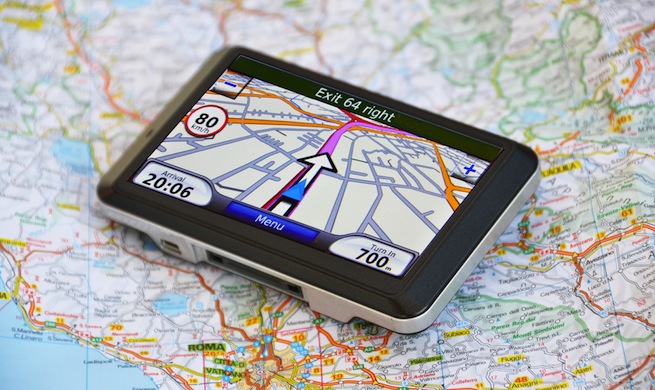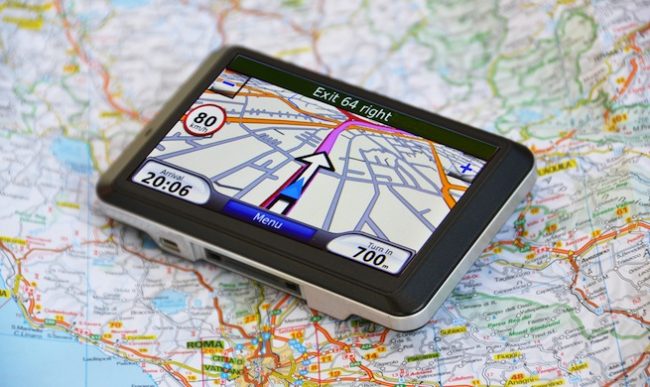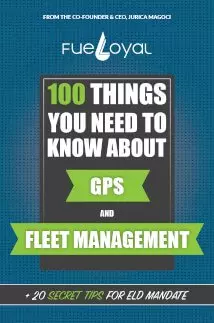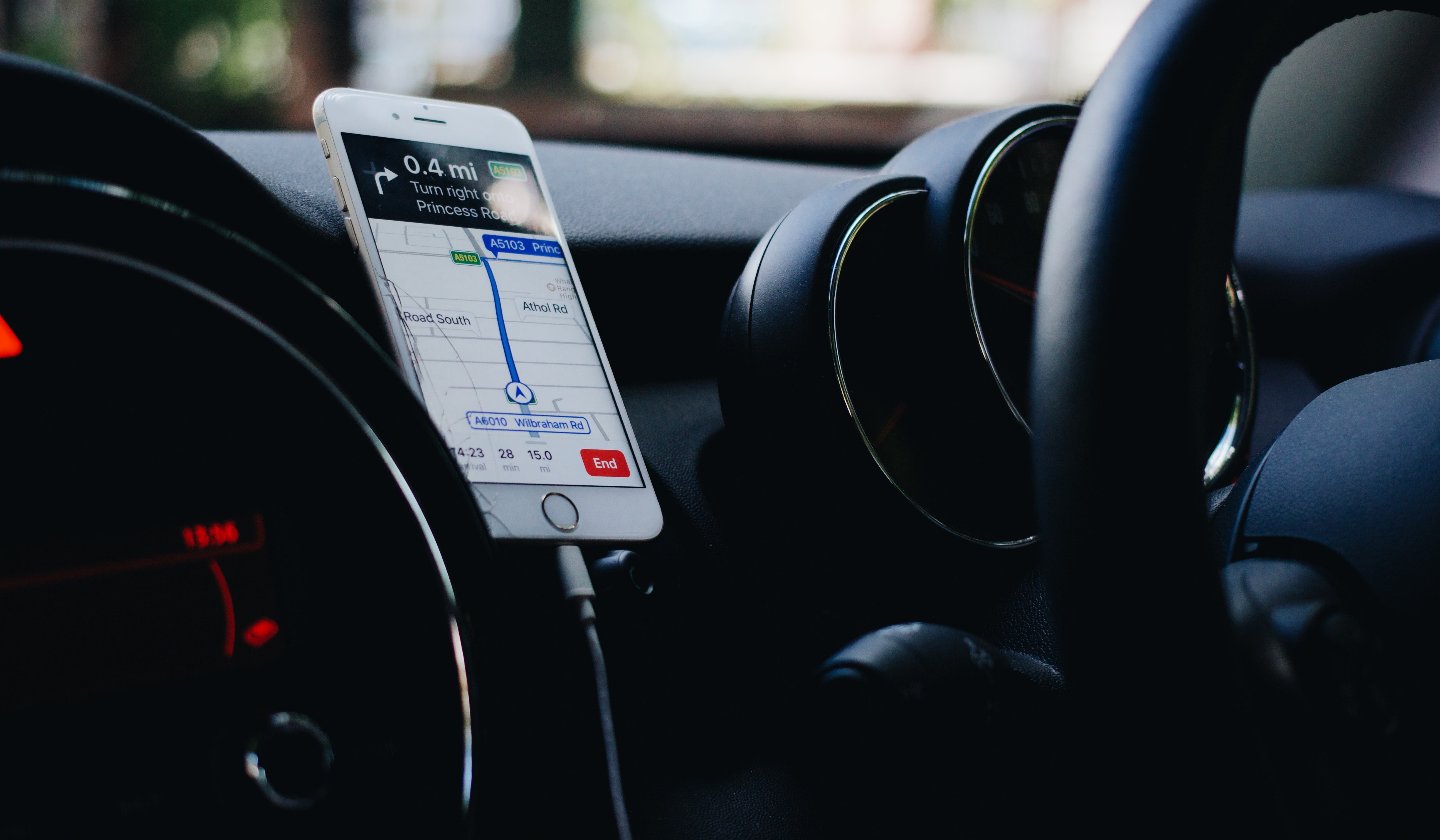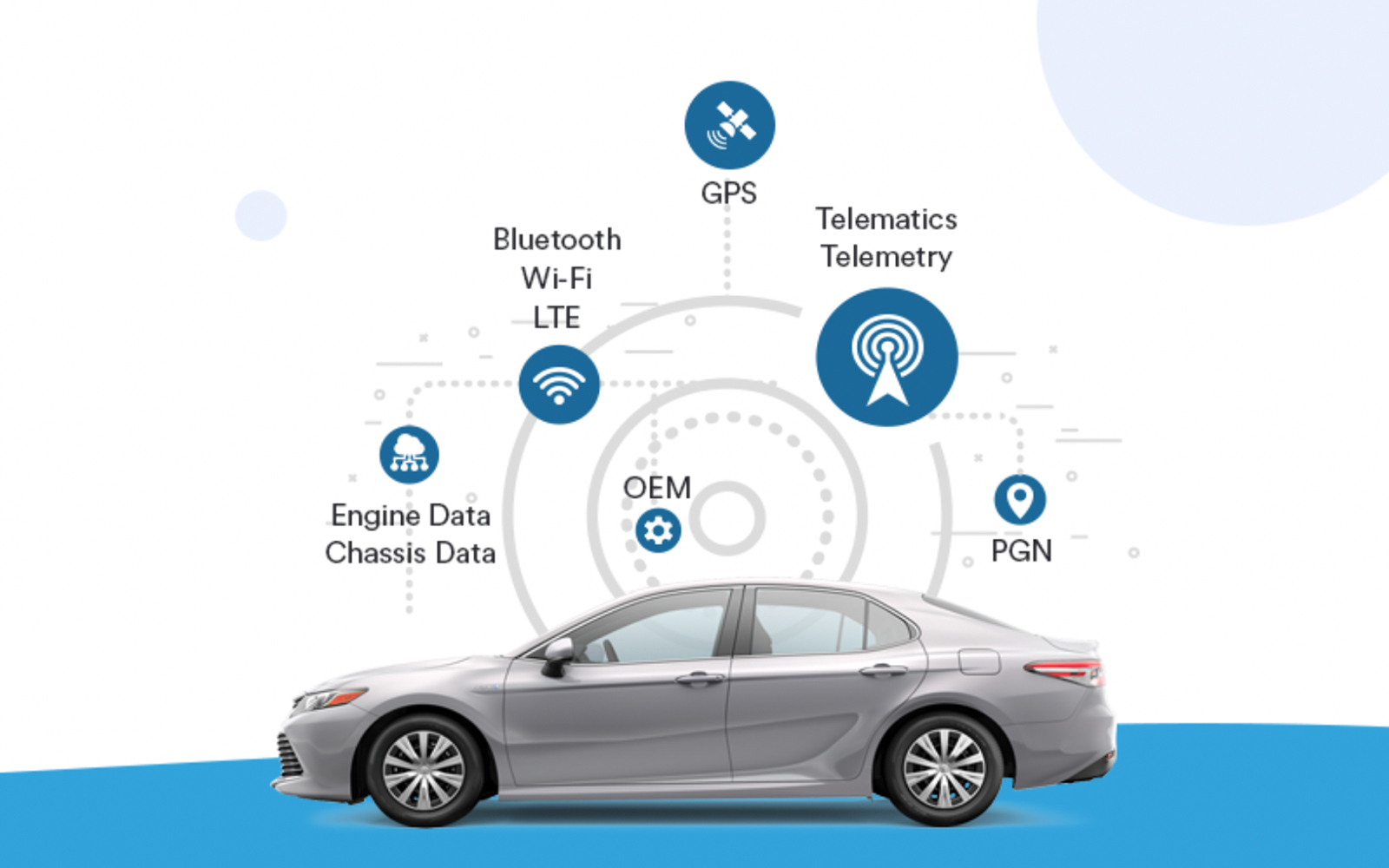The history of GPS in fact, starts long ago. Its origin, dates back to the 60s, which is over 50 years ago. Since then, it has developed a lot and its usage is vital in today’s modern society.
We use it to navigate while traveling long distances. Even when we travel short distances that we are not familiar with.
In this article you will get the chance to learn more about how it all started, as well as, what exactly is GPS and how it works.
Surely, you know something about it now or probably you have used it several times.
But, there are many more details about it, that perhaps very few people know.
So, let’s start!
Facts About GPS System
There are few interesting facts about the system.
- GPS is enabled by a network of satellites – between 24 and 32 satellites are operating at all times.
- These satellites are encircling our planet in geo-stationary orbit – an orbit that keeps its distance to earth equal at all time.
- A user device requires an unobstructed line of sight to only 4 of these satellites, so it can be able to position any place on earth correctly – regardless of weather conditions.
- The development of the device started in 1973, and it was designed to overcome the limitations of previous navigation systems. GPS system became fully operational in 1994, and initially had with 24 satellites.
- The oldest GPS satellite, which is still in operation, was launched on November 26, 1990 and became operational on December 10, 1990.
- In Russia, the Russian Global Navigation Satellite System (GLONASS) has been available since 2007 – previously it was for military use only.
- Other countries are also developing their own systems, including Europe’s own navigation system, Galileo – due to become fully operational in 2019.
- The uses of GPS are many and includes: Locating shipwrecks; Studying animal behavior; recovering lost pets; and geocaching (treasure hunting).
- GPS data has helped scientists to make more precise measurements of Mount Everest, with recent studies confirming that it is actually getting taller through tectonic movement.
- There are now thousands of location-based smartphone apps which use GPS. These allow you to use your location to navigate, receive personalized information, access local services or to share your location with others.
What is GPS
Global Positioning System or a GPS is a network of orbiting satellites. They are sending details to earth of how they are positioned in space.
